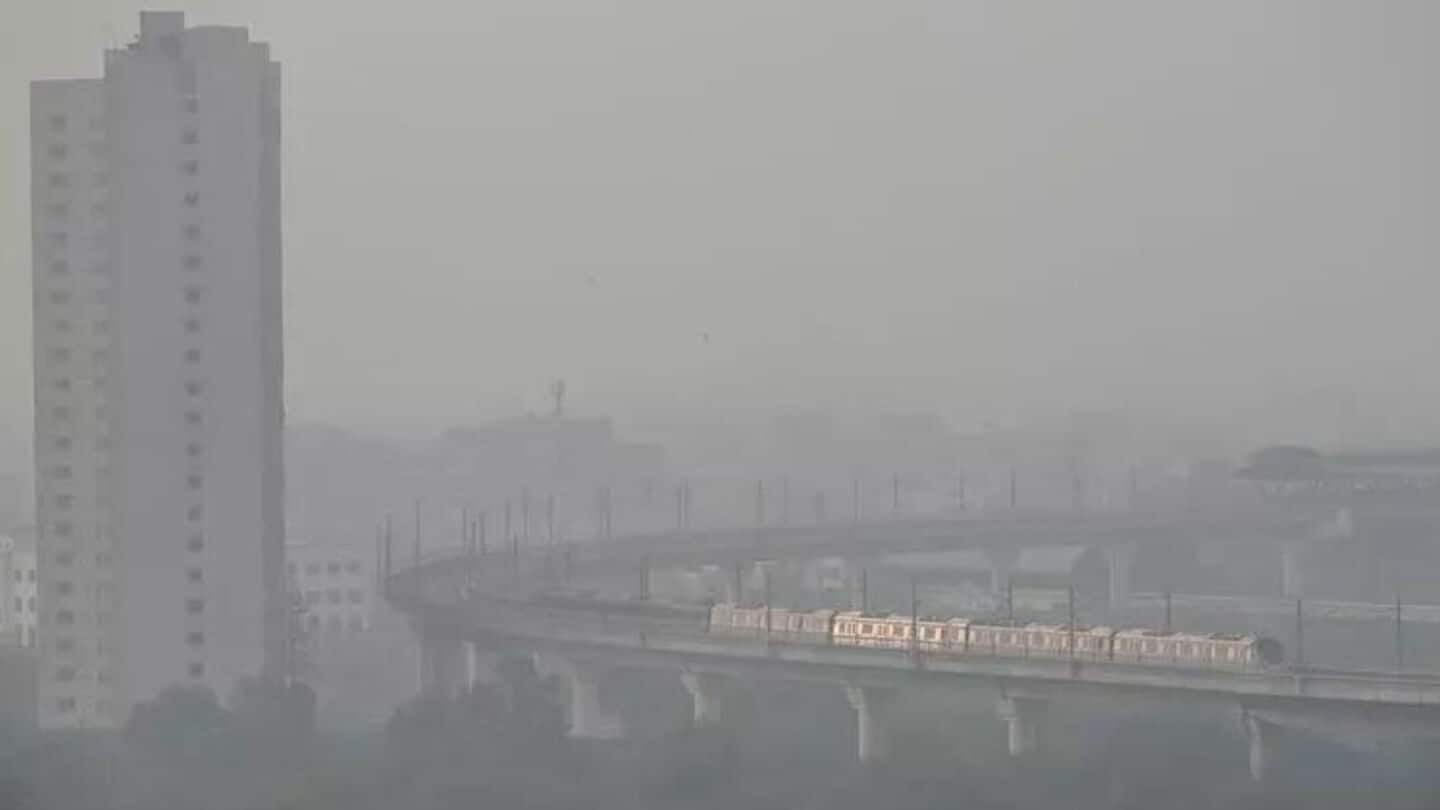**GRAP Stages Explained: How the Pollution Plan Is Activated**
*By Snehil Singh | Oct 15, 2025 08:30 pm*
—
The Commission for Air Quality Management in the National Capital Region and Adjoining Areas (CAQM) has activated the first stage of the Graded Response Action Plan (GRAP) in Delhi and surrounding regions. This decision comes after the city’s Air Quality Index (AQI) rose to 211, placing it in the “poor” air quality category. Adding to the concern, the India Meteorological Department (IMD) predicts no significant improvement in air quality in the near future.
### What is GRAP?
GRAP is a legally mandated, graded emergency response plan designed to combat rising air pollution levels. It was first approved by the Supreme Court of India in 2016 and officially notified in 2017. The plan consists of four stages, each triggered based on the AQI readings.
Stage I is activated when the AQI ranges between 201 and 300 (poor category). Upon activation, the CAQM directs relevant agencies to implement 27 targeted measures aimed at reducing dust, vehicular emissions, and other pollution sources.
### Key Measures Under Stage I
Stage I of GRAP prioritizes controlling dust pollution. Agencies are instructed to intensify mechanized road sweeping and increase water sprinkling on major roads to limit dust. Additionally, anti-smog guns are being deployed more extensively at large construction sites.
In an effort to reduce vehicular pollution, older polluting vehicles are banned from plying on the roads—diesel vehicles over 10 years old and petrol vehicles older than 15 years are not permitted. Traffic management is tightened at major intersections, with motorists required to switch off their engines at red lights to cut down on idling emissions.
### Additional Pollution Control Actions
Authorities are stepping up checks for Pollution Under Control (PUC) certificates, imposing fines or impounding vehicles that fail to comply. Open burning of garbage, leaves, biomass, and municipal waste is strictly forbidden, and roadside eateries are prohibited from using coal or wood as cooking fuel.
Construction activities without proper dust control measures are banned; all construction sites must ensure adequate dust suppression and waste handling protocols. Industrial units, including brick kilns operating in the NCR, are mandated to use only approved fuels.
### What Lies Ahead: Higher Stages of GRAP
The CAQM has warned that if air quality forecasts worsen, the plan may escalate to higher stages. Each subsequent stage introduces stricter controls on pollution sources. By Stage IV (Severe+), measures could include closure of schools, bans on certain vehicles entering the region, and halting most construction activities.
### Experts Highlight GRAP’s Limitations
While GRAP plays a crucial role in managing acute pollution spikes, experts caution that it is largely reactive rather than preventive. The plan does not fully tackle deeper structural issues such as crop residue burning or overcome enforcement challenges that arise across various jurisdictions.
### Why GRAP Is Activated Yearly
Delhi’s air quality typically worsens in October and November due to several converging factors: reduced wind speeds that trap pollutants, falling temperatures combined with fog, heavy vehicular emissions linked to its large population and traffic density, industrial pollution from within the NCR and neighboring states, local dust, and crop stubble burning in adjacent regions.
—
With air quality remaining a persistent challenge each winter, effective implementation and continued refinement of GRAP measures are essential to safeguard public health and combat pollution spikes in the National Capital Region.
https://www.newsbytesapp.com/news/india/delhi-grap-how-is-pollution-plan-activated/story
